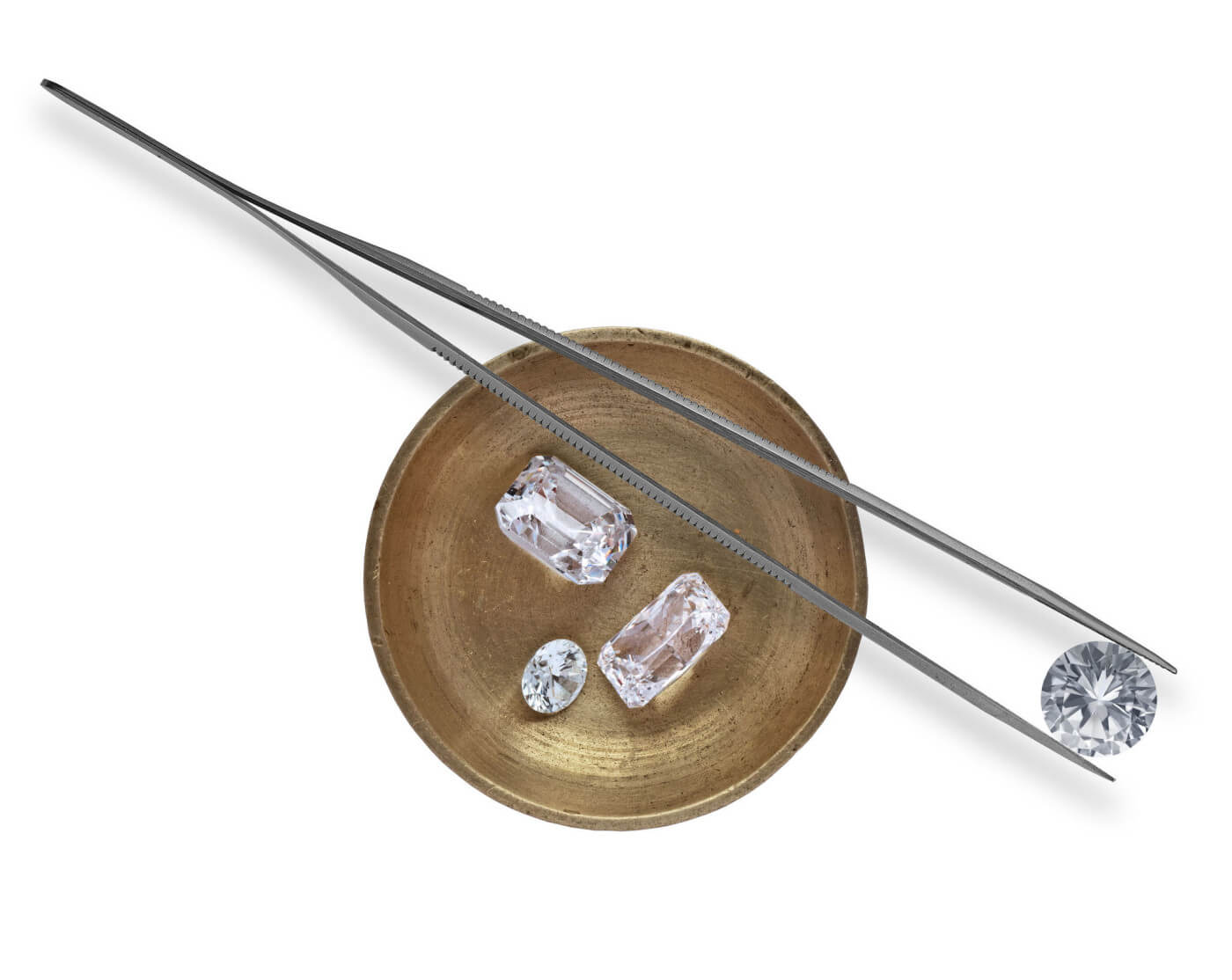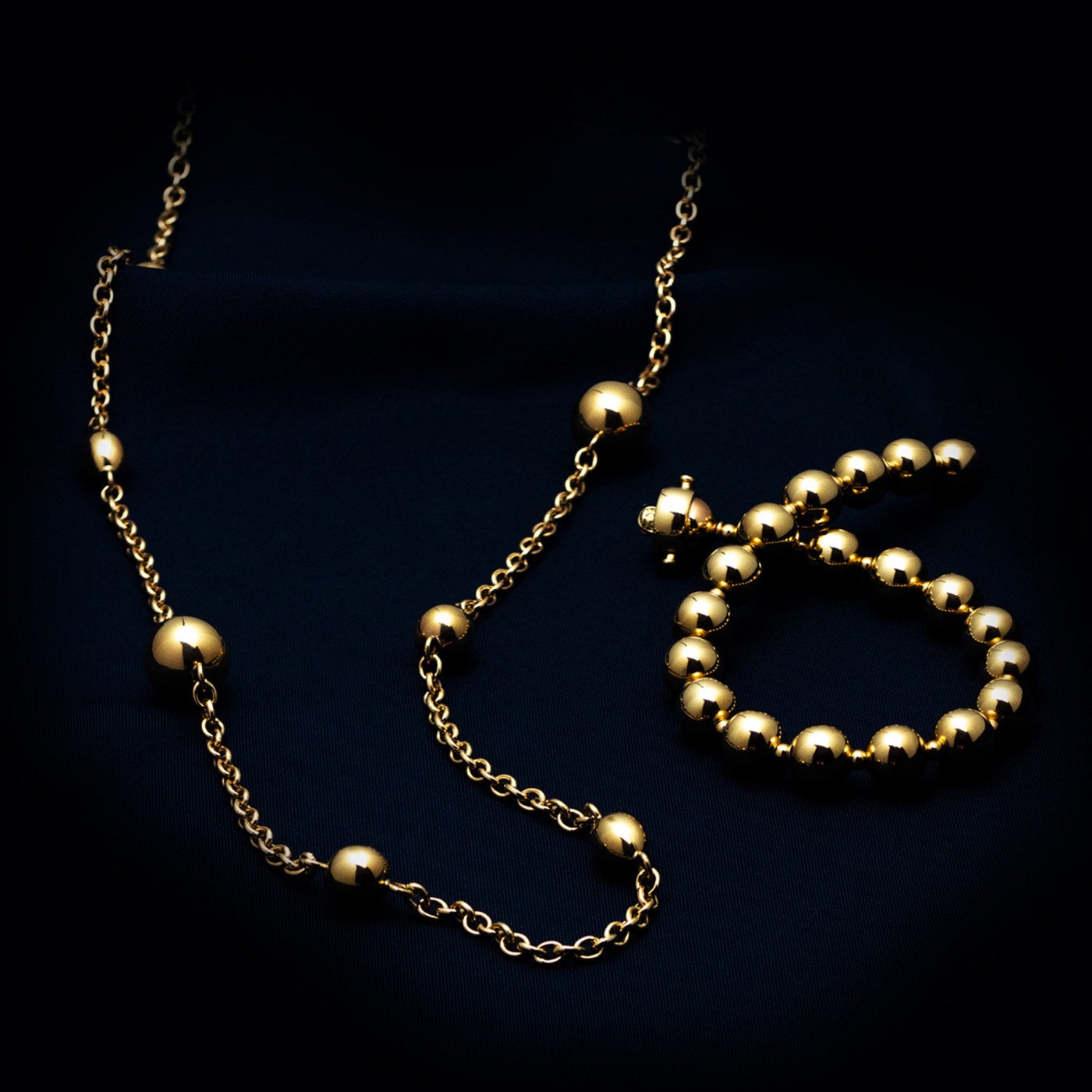With the variety of lab-grown and imitation gemstones out there, navigating the comparison between genuine gemstones and imitation gemstones. can be quite confusing. What’s better, a natural diamond or a lab-grown diamond? What exactly is a synthetic gemstone? Where does an imitation gemstone fit into this all?
Luckily, we’re going to break this down into simple terms. At the end of this blog post, you should have a good understanding about genuine gemstones, and how synthetic and imitation gemstones compare.
What exactly is a genuine (natural) gemstone?
A genuine gemstone is one that was produced in the earth through natural processes. Mankind may treat them to enhance their beauty but had no hand in creating them. They are mined from the earth and are rare, some extremely so. Their value in most cases will exceed the value of any gems created by man, though there are some exceptions to this.
You’re probably familiar with these gems already- diamonds, sapphires, rubies. Any gemstone labeled as “genuine” or “natural” falls into this category.
Example: Diamond is a naturally occurring, genuine gemstone. It can sometimes be treated with heat, radiation, pressure, or a combination of some of these methods. This changes their color to white, blue, teal, green, pink, black, yellow, and brown. This does not change their definition. They are still genuine, as they are mined from the earth. They are described correctly as a natural diamond when untreated and a natural treated diamond when they have undergone one of the aforementioned methods.
What is a synthetic gemstone?
A synthetic gemstone, sometimes referred to as lab-grown or created, is one that is grown in a laboratory under conditions controlled by humans. The gem will share almost all the optical and chemical properties of the genuine gem. The cost will usually be significantly less than a genuine stone, and larger gems do not increase in price as rapidly as the genuine gemstones do, so you can get a much larger gem for your money. These gems are priced on production cost. Rarity is not a consideration in pricing. Some common synthetic gems include: moissanite, diamond, emerald, ruby, sapphire, and alexandrite.
Example: Chatham emerald is grown in a laboratory under controlled pressure and temperature. When completed, the gem IS an emerald and has most of the attributes, color and wear limitations that the natural gem has. Because it is grown in a lab, it must be referred to as synthetic.
What is an imitation and/or simulant?
An imitation or simulant is a gem that mimics the color and sometimes the light performance of a natural gemstone. It does not have to have gem properties, but it can. This sounds confusing because most people try to make simulants/imitations into a separate category from natural and genuine. The better way to look at them, however, is as an additional description. Below are some examples of how simulant/imitation can be used in a description. You will note the descriptions can and sometimes do contain synthetic and genuine as well.
Example One: Cubic zirconia is a man-made gemstone and can be referred to as a synthetic. It is also a diamond simulant because it looks like a diamond.
Example Two: In the past, colored glass was set into rings to make rings more affordable. Since these only mimicked the color of the stone they replaced, they are properly referred to as imitations or simulants.
Example Three: Rhodolite garnet is a natural gemstone but is sometimes used to replace alexandrite in jewelry. When it is used in this manner, it is a simulant for alexandrite.
Now that you’re armed with the knowledge that separates a genuine gemstone from synthetic and imitation gemstones, you should feel far more comfortable exploring the world of jewelry.









